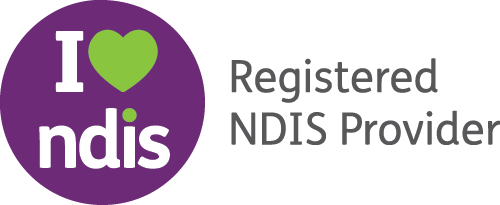Changes to NDIS Funding Periods: What It Means for You
The National Disability Insurance Scheme (NDIS) is making an important change affecting how participant funding is released and managed. From 19 May 2025, NDIS funding periods will be introduced into all new and reassessed NDIS plans. These changes are part of the broader implementation of the new PACE (Planning, Allocation and Coordination Environment) system.
Here’s what you need to know as a participant—what’s changing, how it affects you, and how to stay prepared.
What Are Funding Periods?
Funding periods are set timeframes during which specific amounts of your NDIS funding become available. Rather than receiving your complete plan funding at once, your financing will now be distributed in segments across your plan’s duration.
This does not change the total amount of funding in your plan. Instead, it changes when you can access portions of that funding.
According to the NDIA, “a funding period is the time during which part of a participant’s funding is available. This can apply to the total funding amount or specific funding components”
When Do the Changes Start?
- From
19 May 2025, all
new and reassessed plans will include funding periods.
- If you are on an existing plan and it is not being reassessed, these changes will
not affect you until your next plan starts.
- The rollout is
gradual, and participants will be informed ahead of time.
This change builds on legislative updates made in October 2024, which introduced funding periods into the NDIS Act.
How Will This Work?
Standard Funding Periods
- Most plans will have
three-month funding periods. This means new funds are made available every quarter.
- For some supports—like
Supported Independent Living (SIL) or other high-cost services, funding may be released
monthly to align with service delivery cycles.
- Where a participant needs a large purchase early in their plan (e.g., assistive technology or home modifications), additional funding may be released at the plan's start.
Important Rules
- You can only use the funding that is available
within your current funding period.
- If you don’t use all the funds in one period, the remaining amount will
roll over into the next period (within the same plan).
- Unused funds will not carry into new plans once your current plan ends (NDIS, 2025).
Why This Change Matters
The NDIA has introduced funding periods to help participants:
- Manage budgets more effectively over the life of their plan
- Reduce the risk of
overspending or underspending
- Have more
consistent access to supports through regular funding intervals
- Protect against potential risks like
fraud or financial exploitation
Feedback from participants and disability groups suggests that this structure provides greater transparency and is particularly useful for people who self-manage or have complex supports.
What You Should Do Next
To make the most of your NDIS plan under these changes, consider the following steps:
1. Talk to Your Support Coordinator
Your support coordinator can help you:
- Understand how your new funding periods will work
- Set up a spending schedule that aligns with your funding availability
- Ensure that service agreements with providers match your funding timeline
2. Monitor Your Budget
Regularly tracking how much funding you’ve used in a period—and how much remains—will help prevent overspending or underutilisation. You can ask your plan manager (if you have one) to provide monthly updates showing:
- Current spending
- Remaining budget for this period
- Any risk of running out of funds
3. Plan Ahead for Larger Purchases
If your plan includes large one-off items, such as assistive technology, your funding may be structured for early access. Make sure these needs are discussed during your plan reassessment or review.
Where to Get Help
For more information or support, you can:
- Contact your support coordinator or plan manager
- Call the NDIS on 1800 800 110
- Email: support@ndis.gov.au
- Visit: NDIS Funding Periods FAQ
Final Thoughts: Make the Most of Your NDIS Funding
Introducing funding periods is a significant and positive step toward greater clarity, flexibility, and financial security in your NDIS plan.
But understanding how and when to use your funding can feel overwhelming.
Working with a support coordinator can make all the difference in ensuring that your supports are lined up, your funding is used effectively, and you're prepared for these changes.
At Hand in Hand Support Coordination in Melbourne, we help you stay informed, build a personalised support schedule, and keep your plan on track—so your NDIS funding works for you when needed.
Reach out today to take the guesswork out of your plan and focus on what matters: your goals, your independence, and your peace of mind.

We hope this blog was useful.
Hand in Hand Support Coordination specialises in personalised NDIS Support Coordination for participants with complex mental health and physical disabilities across Melbourne and Victoria, focusing on Level 2 and 3 support to create tailored support that aligns with goals and budget.




